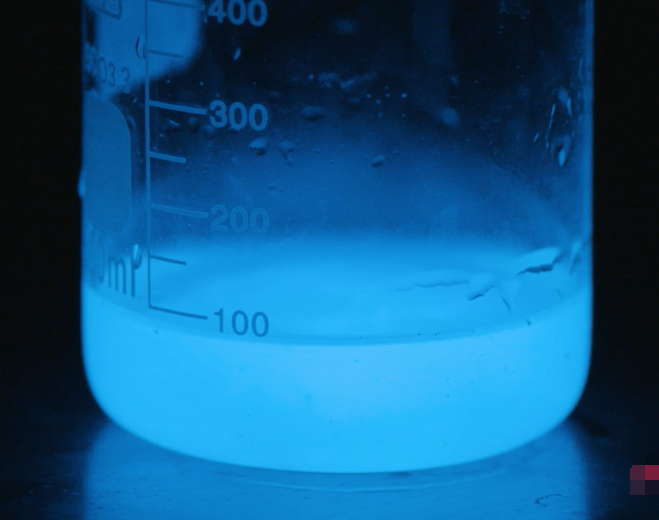| Message: | Many partners are very interested in solving cases, because the complicated cases are more attractive. You never know what the truth is. Crafty killers tend to clean up the scene after committing a crime and destroy the traces of the crime. But the devil is one foot high and the road is ten feet high. The witty people's police will always find out those "invisible clues" at the crime scene, and one of the most used chemical reagents is luminol.
What is Lumino
Luminol, also known as luminol. A kind of blood that can not be observed by naked eyes at the crime scene can show a very small amount of blood trace form (occult blood reaction). Its chemical name is 3-aminobenzoylhydrazide. It is a kind of blue crystal or beige powder at room temperature, which is a relatively stable synthetic organic compound. The chemical formula is c8h7n3o2. At the same time, luminol is a strong acid, which can stimulate the eyes, skin and respiratory tract.
The principle of luminol in detecting blood
Disadvantages of luminol reaction
Although this reaction can accurately detect the blood at the scene, the chemical reaction will destroy other evidence at the crime scene and hinder the investigation. So, in general, police don't start spraying luminol on all objects as soon as they enter the crime scene.
Luminol luminol also has some disadvantages. It can also illuminate substances such as copper and bleach instead of blood. And always using luminol to test blood can also destroy blood evidence, although studies have shown that a self-produced DNA match is often found in luminescent blood tests. Finally, it is not clear whether luminol is a carcinogen. |
 my account
my account
 log out
log out
 my account
my account
 log out
log out
